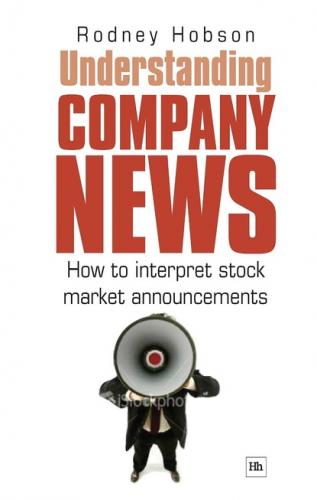Most companies give advance warning when the next trading statement is due. In some cases each trading update includes a line saying when the next one is due. Sometimes an indication is given within the company results announcements. Other companies issue a separate announcement of an impending update.
In any case you can easily discover when a trading update is likely to be issued by checking the dates on which statements were made in the previous financial year. They tend to be repeated at much the same stage each year.
What the statement contains
The Directive says what should go into the statement:
It shall contain information that covers the period between the beginning of the relevant six-month period and the date of publication of the statement.
Such a statement shall provide:
An explanation of material events and transactions that have taken place during the relevant period and their impact on the financial position of the issuer and its controlled undertakings, and
A general description of the financial position and performance of the issuer and its controlled undertakings during the relevant period.
It is thus no longer possible to hide behind routine ‘nothing much has happened’ statements that were issued by many companies when quarterly statements started as a fad rather than a legal requirement.
Instead, it is now necessary to provide financial data up to within a few days of the trading update, not only for the main company but for any subsidiaries and joint ventures under its control.
These will not be as detailed as the twice yearly financial results. It would be unreasonable to expect them to be, if they are to be bang up-to-date. Full results take time to compile.
In theory, companies need not produce specific figures. They could include sufficient information in the narrative of the statement. However, that would be difficult to achieve without including key operating statistics such as growth in sales or changes in profit margins.
Recording key events
In addition to any figures, companies are required to record any key events since the previous update and explain the impact. There is wide scope for interpreting what constitutes a material event but the intention is clear: anything that could affect the share price that has not been reported already should be in the quarterly update. Among candidates for inclusion, where relevant, would be:
changes in the state of the market that the company serves
large orders received or lost
refinancing
acquisitions or disposals
opening of new premises such as stores, distribution centres or factories
change in strategy
progress so far in carrying out a previously announced strategy
adequacy of finance to fund day-to-day operations or expansion
new product range
effects of external events such as foreign exchange rates, energy costs, business rates or wage rates
Bit by bit, quarterly statements have become clearer and more comprehensive so that they now contain much relevant and significant information that the investor ignores at his or her peril.
The downside is that companies are tempted to err on the side of putting an excessive amount of detailed information into the quarterly statements – but that is a price worth paying for being a better informed investor.
Half year results
The Transparency Directive replaced the EU’s existing Interim Reporting Directive as regards half yearly and annual results. It requires:
A report covering the first six months of the financial year as soon as possible after the end of the relevant period, but at the latest within two months
The report must remain available to the public for at least five years
It must contain a condensed set of financial statements and an interim management report
The facts and figures given must comply with minimum and quite extensive standards set out in the EU’s reporting regulation IAS 34. The main points are:
Information relating to all material acquisitions, disposals, restructurings and discontinued operations
If results are split into business or geographic segments, revenue and results for each segment
Balance sheet comparatives for the last full financial year as well as for the previous first half
Income statement comparatives for the previous first half
Cash flow and changes in equity, both with comparatives for the previous first half
Important events that have occurred during the first six months of the financial year and their impact on the half yearly figures
Principal risks and uncertainties for the remaining six months of the financial year
If the half-yearly financial report has been audited, which is unusual in the UK, the audit report has to be reproduced in full.
The directors have to give an assurance that the figures and statements give a true and fair view of the company and its financial position.
Annual results
Companies have a little more leeway (four months) to produce their annual financial report, which must also remain publicly available for at least five years. It comprises audited financial statements, accompanied by the auditor’s report in full, a management report and an assurance from directors that it is a true and fair record.
The management report must contain (where relevant):
A fair review of the business and a description of the principal risks and uncertainties that it faces
A balanced and comprehensive analysis of the development and performance of the business and the position it finds itself in at the end of the year
Analysis of key financial and other performance indicators including information on matters concerning the environment and employees
Important events that have occurred since the end of the year
Likely future development
Research and development activities
Information on the acquisition of its own shares
Details of financial risk management and hedging policies
Risks involving product prices, credit, liquidity and cash flow
